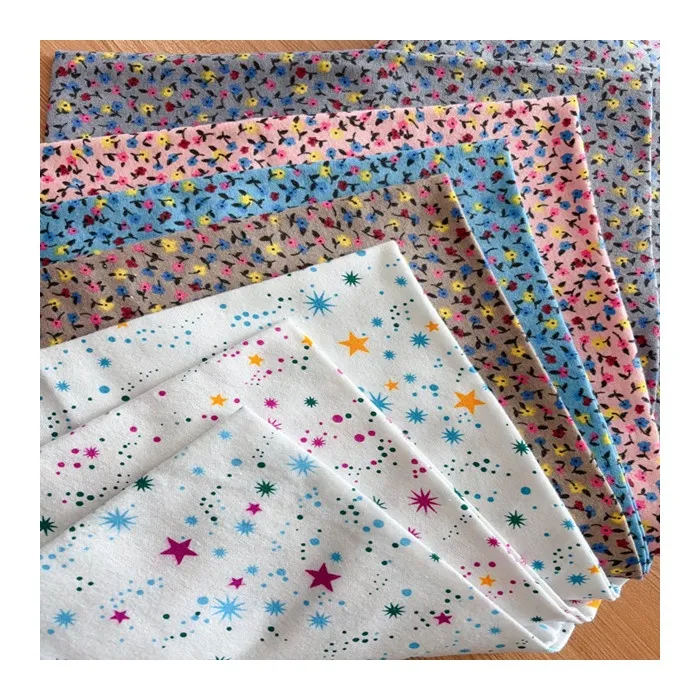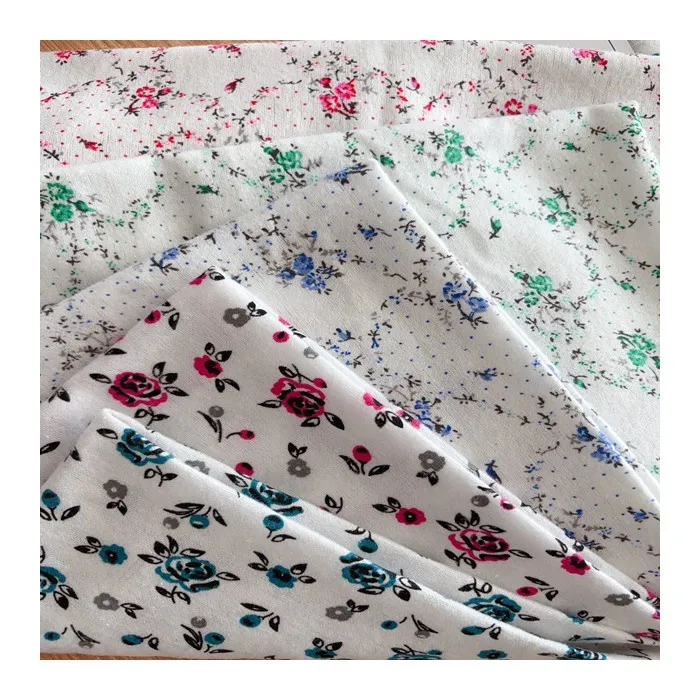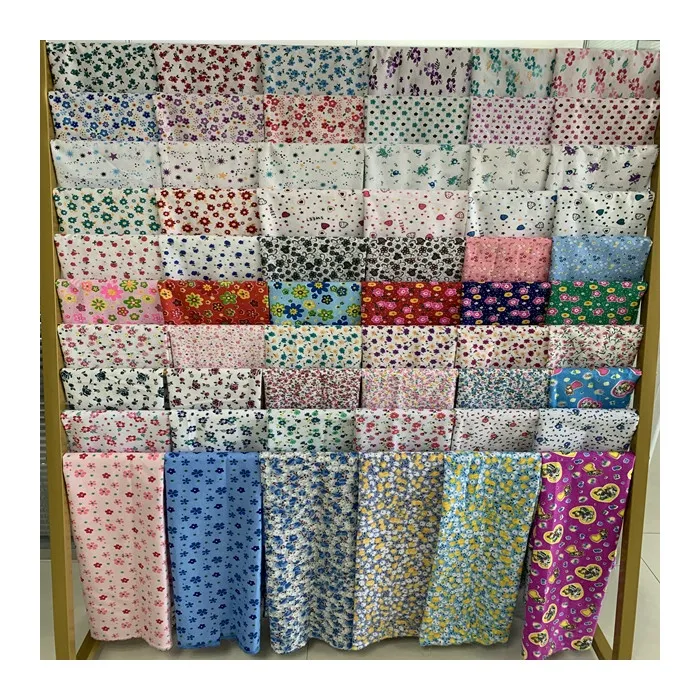
- Afrikaans
- Albanian
- Amharic
- Arabic
- Armenian
- Azerbaijani
- Basque
- Belarusian
- Bengali
- Bosnian
- Bulgarian
- Catalan
- Cebuano
- Corsican
- Croatian
- Czech
- Danish
- Dutch
- English
- Esperanto
- Estonian
- Finnish
- French
- Frisian
- Galician
- Georgian
- German
- Greek
- Gujarati
- haitian_creole
- hausa
- hawaiian
- Hebrew
- Hindi
- Miao
- Hungarian
- Icelandic
- igbo
- Indonesian
- irish
- Italian
- Japanese
- Javanese
- Kannada
- kazakh
- Khmer
- Rwandese
- Korean
- Kurdish
- Kyrgyz
- Lao
- Latin
- Latvian
- Lithuanian
- Luxembourgish
- Macedonian
- Malgashi
- Malay
- Malayalam
- Maltese
- Maori
- Marathi
- Mongolian
- Myanmar
- Nepali
- Norwegian
- Norwegian
- Occitan
- Pashto
- Persian
- Polish
- Portuguese
- Punjabi
- Romanian
- Russian
- Samoan
- scottish-gaelic
- Serbian
- Sesotho
- Shona
- Sindhi
- Sinhala
- Slovak
- Slovenian
- Somali
- Spanish
- Sundanese
- Swahili
- Swedish
- Tagalog
- Tajik
- Tamil
- Tatar
- Telugu
- Thai
- Turkish
- Turkmen
- Ukrainian
- Urdu
- Uighur
- Uzbek
- Vietnamese
- Welsh
- Bantu
- Yiddish
- Yoruba
- Zulu
High-Quality Pigment Printing in Textile for Vibrant Colors
Official Website: www.bosswintextile.com
Phone: 0086-13903310319 | Mobile: 0086-18632118950
Email: nancylee0710@126.com
Address: Rm2305A, Tower2#, Jiahe Plaza, No.567 Zhongshan East Rd., Shijiazhuang, Hebei, China
Pigment printing in textile has revolutionized the global textile industry with its versatile applications, dependable color fastness, and cost-effective solutions. As the demand for expressive textile designs surges worldwide—especially in fashion, home textiles, and technical fabrics—textile pigment and textile pigment printing are now at the heart of sustainable, high-quality production. This guide delivers an expert's insight into the current industry trends, core technologies, application scenarios, and data-driven decision-making for pigment printing in textile.
The following content, enriched by international research and expert forum citations, illustrates why Hebei Bosswin Textile Technology Co., Ltd is your trusted source in the dynamic textile pigment printing sector.
The global pigment printing in textile sector is projected to exceed USD 8 billion by 2026, driven by advancements in eco-friendly pigments, digital print technologies, and the proliferation of innovative design demands (Textile Today Analysis). Textile pigment printing remains competitive due to its unique advantages:
- Eco-Friendly Options: Water-based and low-VOC pigments respond to global sustainability standards
- Digital Innovation: Digital textile pigment printing rapidly captures high-value, short-run, or mass-customized orders
- Versatile Compatibility: Works for cotton, poly-blend, rayon, linen, and technical fabrics
- Color & Design Versatility: Suitable for complex patterns, layer effects, and high-color vibrancy
- Simplified Process: No need for washing or steaming like traditional dye printing, reducing water and energy consumption
According to the Journal of Cleaner Production, modern pigment printing in textile achieves remarkable color fastness and print sharpness when paired with nano-scale pigment dispersions and advanced fixing agents. The result is robust, durable, and environmentally responsible textile production.
| Parameter | Standard Range | Industry Benchmark | Best Practice Value |
|---|---|---|---|
| Print Resolution | 360–1200 DPI | 600 DPI | 1200 DPI |
| Pigment Particle Size | 80–180 nm | 120 nm | 100 nm (Nano Pigment) |
| Fixation Temperature | 150–180°C | 170°C | 165°C |
| Curing Time | 3–7 min | 5 min | 3 min (Rapid cure) |
| Color Fastness (to Wash) | 4–5 grade | 4 grade | 5 grade |
| Color Fastness (to Rub) | 3–4 grade | 3 grade | 4 grade |
| Binder Type | PU, Acrylic, Water-based | Acrylic | Eco Water-based PU |
| Compatible Fabrics | Cotton, CVC, Poly/Cotton Blends, Rayon, Linen | CVC/Cotton | CVC, 100% Cotton, blends |
Pigment printing in textile unleashes unlimited creative possibilities across various sectors:
- Fashion & Apparel: Mass-market and premium fashion use digital and rotary textile pigment printing for vivid, durable colors on garments
- Home Textiles: Bed linens, curtains, carpets, and flannel fabrics receive soft handle with detailed print motifs
- Technical Fabrics: Industrial, automotive, and outdoor products benefit from enhanced durability and resistance
- Customized Merchandise: On-demand digital prints power small batch orders for brands, souvenirs, and limited editions
- Kidswear & Accessories: Rely on non-toxic, hypoallergenic pigments for sensitive applications
With the rise of sustainable manufacturing, pigment printing also offers minimal wastewater discharge and low energy consumption compared to traditional dye-based methods, aligning with the goals set by the American Association of Textile Chemists and Colorists (AATCC).



Product Spotlight: For Algeria Market CVC Flannel Fabric Printed Flower Designs 120gsm.
Overview: Flannel fabric has two primary compositions: CVC (Chief Value Cotton), and 100% Cotton. This innovative product is a best-seller, renowned for its exceptional softness, print stability, and modern design—preferred in both domestic and overseas markets.
Technical Specifications:
• Composition: CVC (60% Cotton / 40% Polyester) & 100% Cotton options
• Weight: 120gsm–150gsm Featured: 120gsm
• Available Width: 36”/44”/58”
• Brushing: Single-side or double-side brushed for extra warmth and softness
• Applications: Clothing, blankets, bedsheets, loungewear
• Design: Printed flower patterns with pigment printing in textile for vivid, durable color
Learn more or order samples:
Product Page
When coupled with modern textile pigment printing techniques, these flannel fabrics deliver a luxurious hand feel and enduring vibrancy. No wonder they are highly ranked in export markets across Algeria, Africa, and beyond.
| Property | CVC Flannel 120gsm | 100% Cotton Flannel |
|---|---|---|
| Weight (gsm) | 120 | 120 |
| Width (inch) | 36 | 44 | 58 | 36 | 44 | 58 |
| Tensile Strength, Dry (N/5cm) | 410 | 350 |
| Tensile Strength, Wet (N/5cm) | 305 | 220 |
| Brushing | Single/Double-Sided | Double-Sided |
| Color Fastness (Wash) | 4.5 | 4 |
| Softness Index | 9.2 | 9.6 |
| Pigment Printing Type | Digital/Rotary | Digital/Rotary |
- Q1: What is “CVC” in CVC Flannel Fabric?
- CVC (Chief Value Cotton) refers to a cotton and polyester blended yarn/fabric where the cotton content is higher than the polyester, typically 60% cotton and 40% polyester. This blend harnesses the softness and breathability of cotton with the strength and wrinkle-resistance of polyester.
- Q2: What makes pigment printing in textile eco-friendly compared to dye printing?
- Unlike traditional dyeing, pigment printing uses water-based pigments and minimal process water, eliminates the need for steaming/washing, and reduces harmful effluent, supporting green manufacturing requirements.
- Q3: How does the brushing process affect flannel fabrics?
- Brushing raises the fibers on one or both sides of the fabric, creating a soft, fuzzy texture ideal for warmth. Double-sided brushing increases softness and insulation, while single-sided brushing can be more cost-efficient.
- Q4: What is “color fastness” and why is it important in textile pigment printing?
- Color fastness measures how resistant a printed fabric is to washing, rubbing, light, etc. In textile pigment printing, high color fastness ensures the prints remain vibrant and do not easily fade or bleed during use and laundering.
- Q5: What are standard installation or production requirements for pigment-printed textiles?
- Key standards include controlled dryer/curing temperature (typically 150–180°C), proper binder application, and consistent print environment (humidity
- Q6: Is digital pigment printing superior to rotary pigment printing?
- Digital pigment printing offers higher design flexibility, short-run efficiency, and faster sampling, whereas rotary excels in cost-effectiveness for high volumes. Both ensure excellent result with nano-pigment dispersions.
- Q7: Which certifications should be looked for in eco-friendly pigment-printed flannel?
- Look for OEKO-TEX® Standard 100, GOTS (if organic), and other eco-labels to ensure the absence of toxic chemicals and sustainability across the production chain.
- Full-range expertise: Decades of experience in textile pigment printing and export-quality flannel
- World-class quality assurance: Each batch tested for color fastness, strength, and softness
- Customization & Innovation: OEM/ODM; develop unique pigment print designs for your markets
- Flexible logistics: Fast shipping, multilingual support, and secure payment methods
- Commitment to Sustainability: Water-saving, energy-efficient, and certified raw materials
For inquiries, orders, or technical consultation, please reach out:
Phone: 0086-13903310319 | Email: nancylee0710@126.com
Official Website: www.bosswintextile.com
The dynamic evolution of pigment printing in textile—driven by digital innovations, green manufacturing, and expanding global markets—defines a new age for the industry. With expert knowledge, robust product data, and global reputation, Hebei Bosswin Textile Technology Co., Ltd is your partner for all textile pigment solutions, especially in the realm of CVC flannel fabric. Choose a partner that aligns cutting-edge technology with proven reliability and breakthrough creativity.
-
The Versatility and Elegance of White Cotton Poplin FabricNewsJun.23,2025
-
The Luxurious Comfort of Carded CottonNewsJun.23,2025
-
Explore the Luxurious Comfort of Cotton Flannel ClothNewsJun.23,2025
-
Discover the Versatility of Cotton Poplin ClothNewsJun.23,2025
-
Bleach Cotton FabricNewsJun.23,2025
-
100 Cotton BlendNewsJun.23,2025
-
Versatile Elegance with Poplin Fabric for SaleNewsMay.15,2025
